LOCATION
Escola del
Sagrat Cor de
Sarrià, Barcelona
Address
Ramon Miquel i Planas 40-38. 08034 Barcelona
Closest stations
- Ferrocarrils Catalans L6 (Metro): Reina Elisenda
- Bus L22: Reina Elisenda
Free Parking Nearby
Carrer Gaspar Cassadó, 18
08034 Barcelona
How to arrive
- Ferrocarrils Catalans L6 to Reina Elisenda
- Bus L22 from Plaça Catalunya to Passeig Reina Elisenda
- Train Renfe to ‘Plaça Catalunya’ (25min) + Ferrocarrils Catalans L6 to Reina Elisenda
- Bus to Plaça Catalunya + Ferrocarrils Catalans L6 to Reina Elisenda
- A taxi will take 20 minutes and between 25-35€
Bus Sagalés to Barcelona Estació del Nord + Metro Arc de Triomf L1 to Plaça Catalunya + Ferrocarrils Catalans L6 to Reina Elisenda
Bus to Girona city + Train Renfe to Barcelona Sants + Metro L1 to Plaça Catalunya + Ferrocarrils Catalans L6 to Reina Elisenda
Ferrocarrils Catalans from Reina Elisenda L6 to Plaça Catalunya L6 + Metro from Plaça Catalunya L4 to Barceloneta L4
ACCOMMODATION OPTIONS
Welcome to Barcelona

Mediterranean City
Barcelona is unequivocally a Mediterranean city, not only because of its geographic location but also and above all because of its history, tradition and cultural influences. The documented history of the city dates back to the founding of a Roman colony on its soil in the second century B.C.
Barcelona, more than just a single city, is really a collection of multi-faceted and diverse cities. The visitor unfamiliar with its history might be surprised that such a modern and enterprising city preserves its historic Gothic center almost intact, or by the curious contrast between the maze of narrow streets and the grid-like layout of the Eixample, the urban planning “Enlargement” project of the end of the 19th century.

Capital of Catalonia
In a privileged position on the northeastern coast of the Iberian peninsula and the shores of the Mediterranean, Barcelona is the capital of Catalonia.
There are two official languages spoken in Barcelona: Catalan, generally spoken in all of Catalonia, and Castillian Spanish. The city of Barcelona has a population of 1.510.000, but this number spirals to more than 4.000.000 if the outlying areas are also included.

Modernist Culture
Culture and the arts flourished in Barcelona and in all of Catalonia; the splendor achieved by Catalonian modernism is one of the most patent displays.
Its main form of expression was in architecture, but many other arts were involved (painting, sculpture, etc.), and especially the design and the decorative arts (cabinetmaking, carpentry, forged iron, ceramic tiles, ceramics, glass-making, silver and goldsmith work, etc.), which were particularly important, especially in their role as support to architecture. Modernisme was also a literary movement (poetry, fiction, drama).
City Guide

Sagrada Familia
The Sagrada Familia is the most visited tourist attraction in Barcelona catering to over 2,000,000 visitors a year. It is a work of immense proportions and is revered by the World of Architecture as one of the most original and ambitious modern buildings. As you can see the building is still under construction and won’t be completed for another 20/25 years.
Construction started on the Sagrada Familia in 1882. Carrer Mallorca, 401.
Metro Sagrada Familia (Blue L5 & Purple L2)
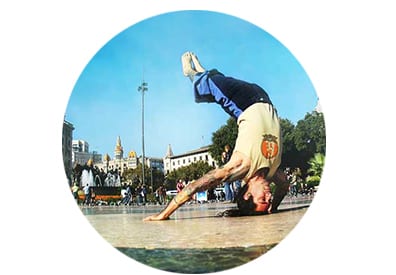
Plaça Catalunya
A large square in central Barcelona that is generally considered to be both its city center and the place where the old city (Barri Gòtic and Raval, in Ciutat Vella) and the 19th century-built Eixample meet.
Some of the city’s most important streets and avenues meet at Plaça Catalunya: Passeig de Gràcia, Rambla de Catalunya, La Rambla or Portal de l’Àngel, in addition to Ronda de Sant Pere, Carrer de Vergara or Carrer de Pelai. The plaza occupies an area of about 50,000 square meters. It is especially known for its fountains and statues, its proximity to some of Barcelona’s most popular attractions, and for the flocks of pigeons that gather in the center.
Metro Plaça Catalunya (Red L1)
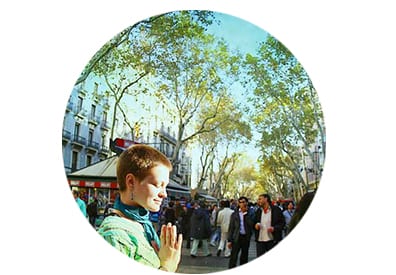
Les Rambles
The Spanish poet Federico García Lorca once said that La Rambla was ‘the only street in the world which I wish would never end’. The name Rambla refers to an intermittent water flow in both Catalan and Spanish, and is derived from the Arabic ‘Ramla’ which means ‘sandy riverbed’.
La Rambla is the name of a landmark tour of the city of Barcelona, which runs between Plaça de Catalunya, the heart of the city and the old port. The walk is crowded during the day and late into the night. Is marked by newsagents, flowers and birds, street performers, cafes, restaurants and shops. Near the port tend to markets, as well as painters and artists. Strolling down La Rambla can see several interesting buildings like el Palau de la Virreina, La Boqueria market and the famous Teatre Liceu, in which operas and ballets.
Metro Plaça Catalunya, Liceu, Drassanes (Red L1)
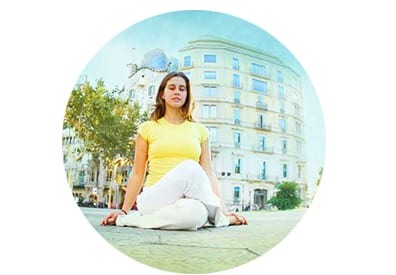
Passeig de Gràcia
Passeig de Gràcia is part of the 5 KM shopping line and is an important road in Barcelona.
The wide boulevards on either side of Passeig de Gràcia add to the feeling of opulence that this road gives you. Passeig de Gràcia is also home to two of Gaudi’s most important creations here La Pedrera and Casa Batlló.
Metro Passeig de gràcia (Green L3 & Yellow L4)
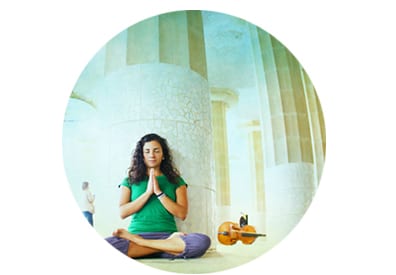
Parc Güell
A magical park with amazing buildings, sculptures, and tile work designed by Gaudi.
You will also find Gaudi’s old home in Park Güell which is now open to the public as a small museum.
Metro Lesseps (Green L3)
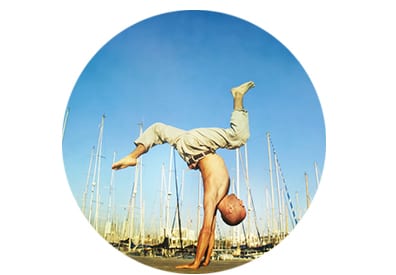
Port Vell
Port Vell (Literally ‘Old Harbour’ in Catalan) is a waterfront harbor in Barcelona. It was built as part of an urban renewal program prior to the 1992 Barcelona Olympics.
It is now a focal point of the city and tourist attraction, containing the Maremàgnum (a mall containing shops, a multiplex cinema, bars and restaurants), IMAX Port Vell and Europe’s largest aquarium containing 8000 Fish and 11 sharks contained in 22 basins filled with 6 million litres (1.5 million gallons) of seawater.
A pedestrian walkway, Rambla de Mar, connects La Rambla to Port Vell. It incorporates a swing bridge, in order to allow ships to enter and exit the harbor.
Metro Sagrera (Red L1)

La Pedrera
The project of Antoni Gaudí i Cornet built between 1906 and 1910 for Milà family. This is one of the main Gaudí residential buildings and one of the most imaginative houses of the history of the architecture, this building is more a sculpture than a building. The façade is an impressive, varied and harmonious mass of undulating stone without straight lines where also the forged iron is present in the shapes of balconies imitating vegetal forms. The lofts are supported by the traditional Catalan “totxo” (brick) arching walls following the style developed by Gaudí in Santa Teresa school and Bellesguard also in Barcelona. The roof shows an exuberant fantasy, the chimneys designing vanguard shapes remember warriors in a forest of surprising figures.
Building recognized by UNESCO as “World Heritage” in 1984.
Metro Passeig de Gràcia (Green L3)

Parc de la Ciutadella
The most central park in all of Barcelona, and one of the first ones considered only for public delectation. It is located at the northeastern edge of the old town, and hosts within its 70 acres (280,000 m2) the city’s substantial zoo (which was home to the famous albino gorilla Copet de Neu, the Parliament of Catalonia, a lake, some museums, and a fountain of considerable size designed by Gaudí. It is characterized by being a very busy place, crowded with tourists, and locals, who are usually going for a walk or taking their children to the special section for kids found near the upper margin of the park.
Another yet to be mentioned conspicuous characteristic is the park’s paths’ layout, one half being made up by sinuous and rather natural-seeming trails, and the other by direct and refined ones. Along both, huge a variety of vegetation is assertively displayed, having small signposts at their front, serving as name tags.
Metro Arc de Triomf (Red L1)
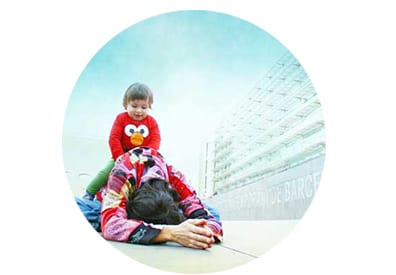
MACBA
“Through the Collection and the exhibition/activities calendar, the Barcelona Museum of Contemporary Art hopes to construct a critical memory of Art of the latter half of the 20th century, with two objectives: to oppose rhetoric and hegemonic forces which tend to mythologize the local-national while exploiting cultural institutions as active agents of tertiary economics in urban centres; and to present alternatives for the insufficiencies of the dominant museum model, which is generally based on the universalist myth of the original work presented as spectacle.
Metro Universitat (L1 & 2)
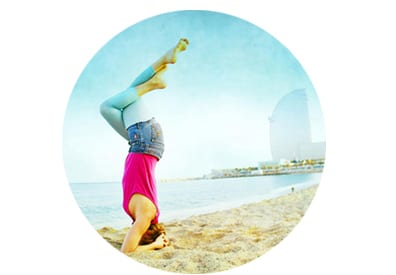
Barceloneta
In Barcelona you are never far away from the sea, the Barceloneta is the first of the Barcelona beaches you can find.
Metro Barceloneta (Yellow L4)
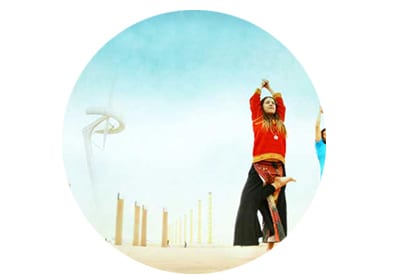
Montjuïc
The mountain of Montjuic (Jewish Mount) has been, throughout history, the star of many events, some glorious and victorious, others less. As a result, this iconic mountain offers the visitor many facets, historic, cultural, recreational and sports. The historical symbol and oldest monument (late seventeenth century) is the Castell de Montjuïc, where you can admire fantastic views of the city.
Metro Placa Espanya (Green L3 & Red L1)
